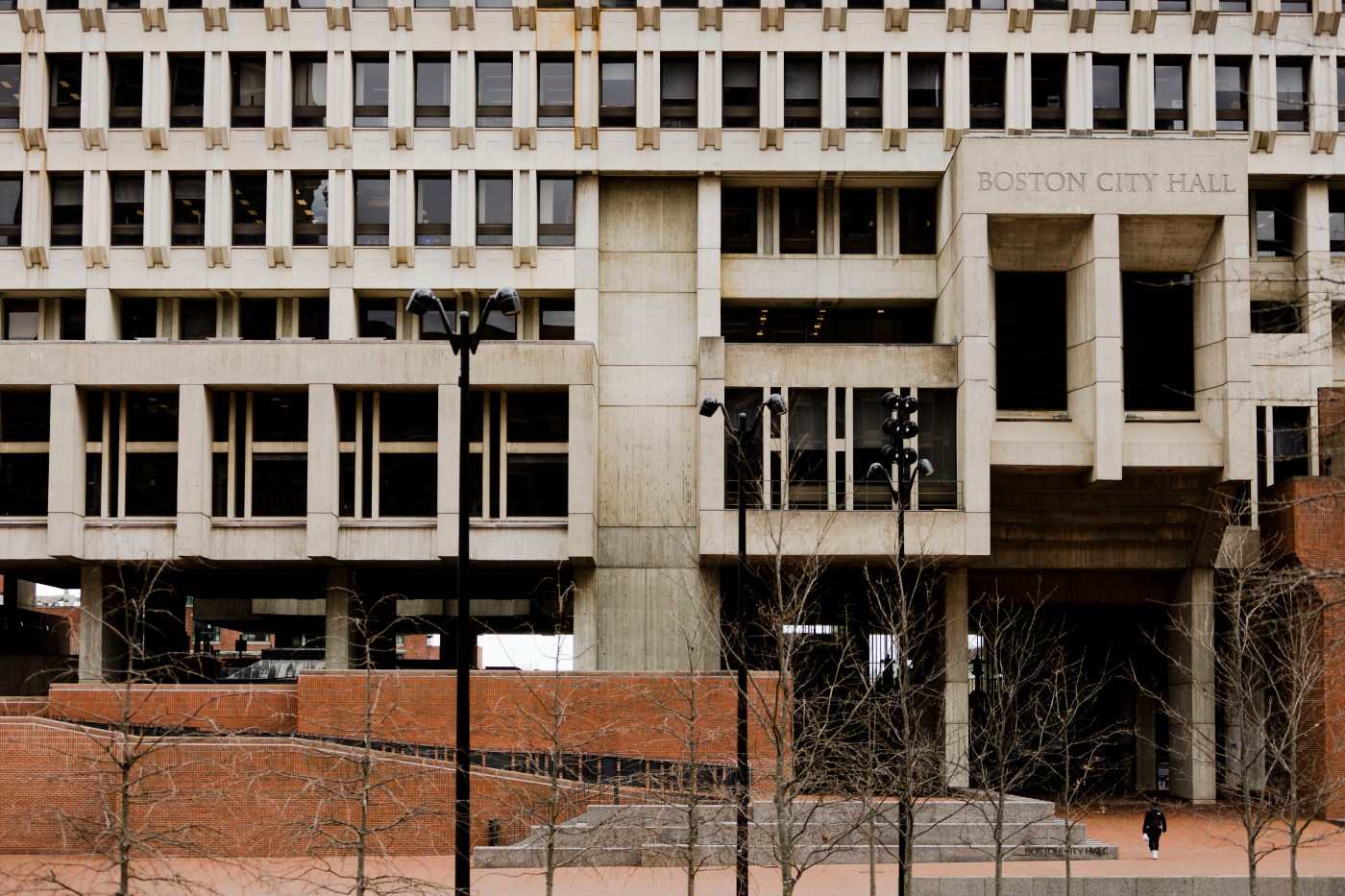
Editorial: Taxpayer-funded public pensions have got to go
There are two classes in America: those who work hard and pay taxes, and the politically connected who live off those taxes.
The difference is clear when it comes time to retire.
Most Americans do not have enough money to retire on. The median retirement account balance is about $100,000; most middle-class people need $600,000, according to the Los Angeles Times.
Fidelity Investments notes that you should aim to save at least the equivalent of your salary by age 30, three times your salary by age 40, six times by age 50, eight times by 60 and 10 times by 67.
How do you fund retirement while raising a family, paying a mortgage or rent, sending kids to school and just getting by?
It’s easy if you get a job working for the City of Boston – and you don’t need to save a penny.
As the Herald reported, nearly 200 city retirees are earning over $10,000 a month, or over $120,000 annually in pensions, according to records.
While ordinary working people panic as they stare down the barrel of life after age 67, this rarefied group can plan on checking off their bucket-list travel adventures.
Courtesy of the taxpayers.
Boston isn’t the only municipality with public sector pensions – they’re the norm across the country, and a drag on revenues. The beauty of a city pension for the retiree is that the city or state is obligated to pay out, regardless of revenue shortfalls.
“Boston has a spending problem,” said Paul Diego Craney, spokesman for watchdog Massachusetts Fiscal Alliance. “It’s driven by the politicians who promise away the future for today’s votes. The bloated pensions are the latest example of the mismanagement from Boston City Hall.”
Chicago’s pension debt soared by approximately $1.8 billion in 2023, according to the city’s audited annual financial report. As WTTW reported, that’s raising the pressure on Mayor Brandon Johnson to bring Chicago’s expenses in line with its revenues. It’s a story playing out in many municipalities shouldering such debt.
The question is: why do we still have public pensions?
Over the past several decades, private sector employers have either closed or frozen their pensions and turned instead to retirement savings vehicles like the 401(k), which put much more of the onus on workers to save, invest and manage their own money for retirement, as CNN reported. About half of private sector workers were covered by pensions in the mid-1980s, but by 2022 only 15% had them.
“We’ve shifted from a more paternalistic system to a do-it-yourself savings plan,” said Karen Friedman, executive director of the Pension Rights Center.
If these “DIY” savings plans are good enough for the private sector, they’re good enough for public employees. It’s monumentally unfair for “paternalistic” taxpayers to keep funding generous pensions for public sector employees while having to scrimp and save for their own, underfunded retirements.
Falling back on Social Security isn’t the safety net it used to be, not with fiscal cliffs looming for the program. For too many, the only option is to keep working past retirement age.
The U.S. Bureau of Labor Statistics projects the number of individuals aged 75 and older in the workforce to surge by 96.5% by the year 2030.
Boston must replace public pensions with 401(k)s. It’s time for last call at the taxpayer-funded trough.
Editorial cartoon by Bob Gorrell (Creators Syndicate)


